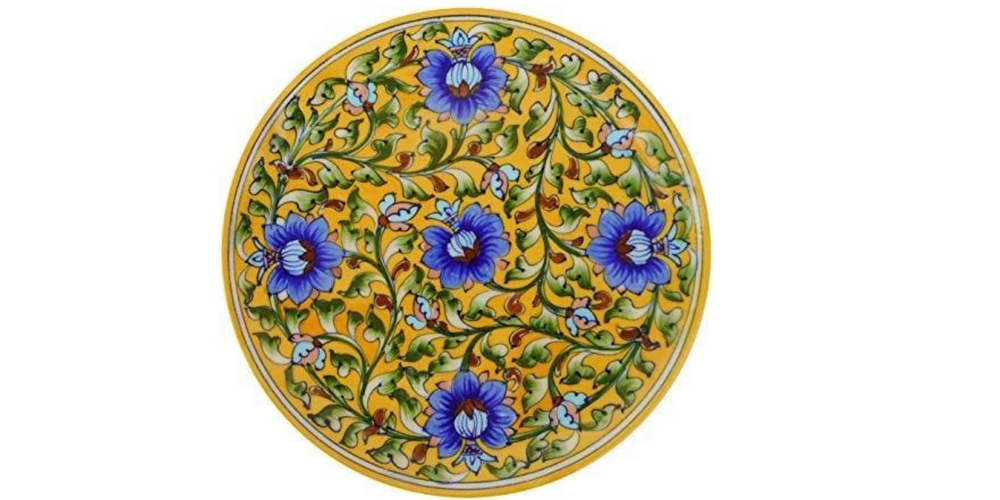 Blue Pottery
Showing items 1-4 of 4.
Blue Pottery
Showing items 1-4 of 4.










